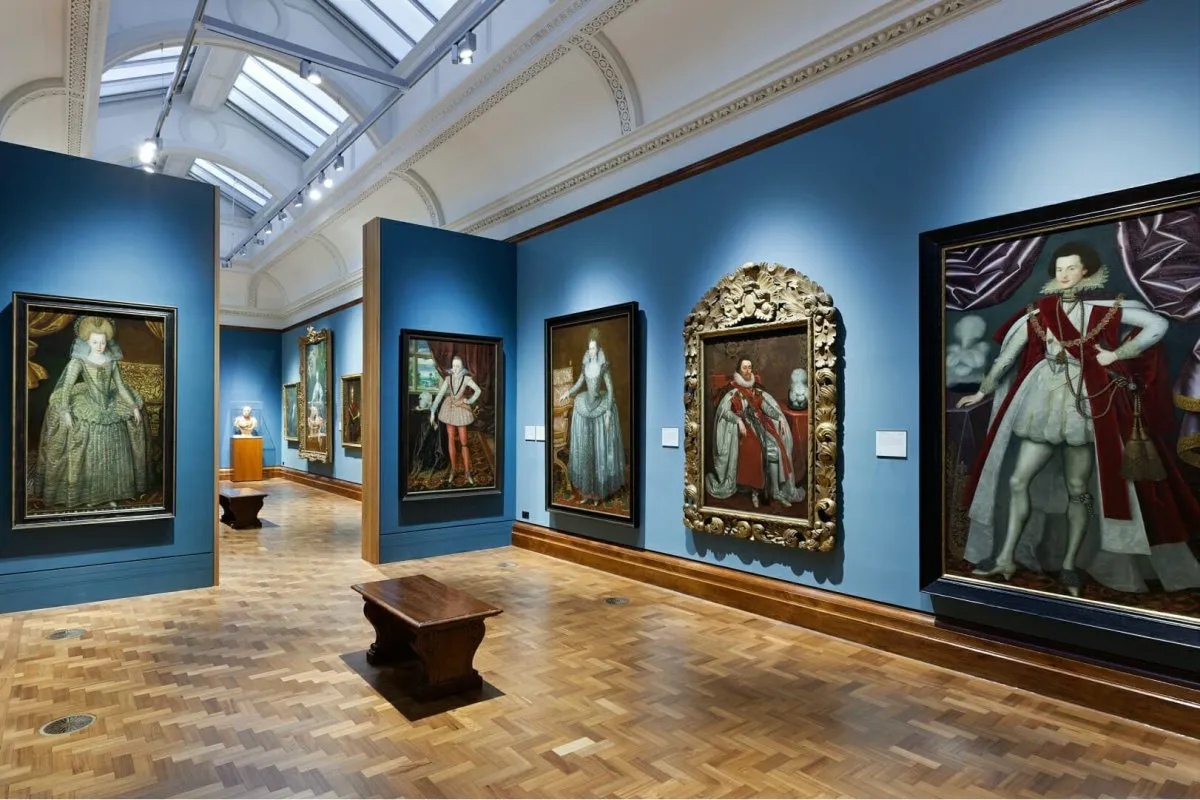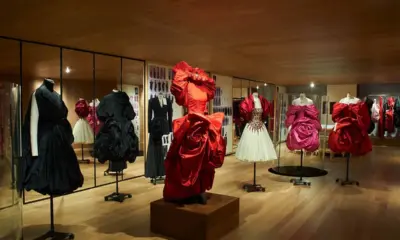Trending
Cultural Renaissance London’s Art and Design Sectors Drive GDP Growth

London’s art and design industries are experiencing a cultural and economic renaissance, emerging as one of the city’s most dynamic engines of growth. Once seen primarily as contributors to creativity and tourism, these sectors are now major forces behind the capital’s post-pandemic economic recovery. From world-renowned galleries to thriving design startups, London’s creative economy is setting new records in employment, exports, and innovation, solidifying the city’s position as a global hub for culture and commerce.
The Economic Power of Creativity
According to a 2025 report from the UK Department for Culture, Media, and Sport, the creative industries contributed more than £130 billion to the national GDP, with London accounting for nearly half of that total. The art and design sectors alone generated over £60 billion, marking a 15 percent year-on-year increase. This growth outpaced many traditional industries, including finance and manufacturing, and positioned London as a key driver of the UK’s broader economic expansion.
The surge is being fueled by both heritage institutions and emerging enterprises. The Tate Modern, the Victoria and Albert Museum, and the National Gallery have all reported record attendance figures, supported by immersive exhibitions and digital access initiatives. At the same time, independent studios and design firms across Shoreditch, Camden, and Southbank are exporting British creativity through architecture, fashion, digital design, and interior innovation.
Creative exports have become a cornerstone of London’s international economic influence. British design is increasingly sought after in Europe, the Middle East, and Asia, with design consultancies reporting new contracts in smart city planning, luxury branding, and sustainable fashion. These global partnerships not only enhance London’s cultural reach but also bring significant financial returns.
Technology is also amplifying the reach of the creative sector. Digital platforms, augmented reality exhibitions, and online art marketplaces have expanded audiences beyond physical boundaries. The integration of AI into creative processes has enabled artists and designers to experiment with new forms, materials, and visual languages, blurring the line between art, technology, and commerce.
Innovation Meets Tradition
What makes London’s art and design ecosystem unique is its ability to merge centuries-old artistic tradition with cutting-edge innovation. Institutions such as the Royal College of Art, Central Saint Martins, and the London Design Museum continue to cultivate world-class talent that drives experimentation and global collaboration. The intersection of education, culture, and technology is creating a self-sustaining cycle of creativity that fuels both inspiration and economic output.
The London Design Festival and Frieze Art Fair, two of the city’s flagship cultural events, have also played a pivotal role in elevating the capital’s global status. These events attract millions of visitors, generate substantial tourism revenue, and provide a vital platform for showcasing British creativity to the world. Beyond exhibitions, they foster connections between artists, entrepreneurs, and investors, creating an ecosystem where innovation thrives.
Public investment has also been instrumental in supporting this renaissance. The UK government’s Creative Industries Sector Vision, launched in partnership with Arts Council England, aims to grow the sector by £50 billion and create 1 million new jobs by 2030. London has been at the forefront of this plan, benefiting from grants, tax incentives, and partnerships that support small creative businesses and digital transformation projects.
A major focus of recent policy has been sustainability. Designers are increasingly incorporating eco-friendly materials and circular economy principles into their work. This shift not only aligns with global environmental goals but also positions London as a leader in sustainable creativity. Art studios and design firms are reimagining how aesthetics and ethics can coexist, resulting in projects that are both visually striking and socially responsible.
Cultural Influence and Urban Renewal
The cultural revival is not just economic, it is transforming the social and physical fabric of the city. Revitalized art districts and creative hubs are breathing new life into previously underused urban spaces. Areas such as Hackney Wick, Peckham, and King’s Cross have become symbols of regeneration, attracting artists, galleries, and tech startups. These developments have created employment opportunities while fostering community engagement and cultural diversity.
The ripple effects extend into education and tourism. Art schools are reporting record enrollments, and cultural tourism has rebounded strongly after the pandemic, contributing billions to the local economy. Visitors are increasingly drawn to London’s blend of historic landmarks and contemporary creativity, creating a steady demand for cultural experiences.
Private investment has surged as well. Global corporations are commissioning British designers for branding, product design, and workspace architecture, recognizing the commercial value of London’s creative identity. This growing recognition of art and design as serious economic assets has redefined their role within the city’s long-term growth strategy.
Culturally, London’s creative resurgence is reinforcing the city’s reputation as an inclusive and forward-thinking metropolis. Art is being used as a medium for dialogue on social issues, from environmental justice to diversity and mental health. Public installations and community-led art projects are transforming everyday spaces into sites of reflection and unity, reaffirming the role of creativity in shaping civic identity.
Conclusion
London’s art and design sectors are not just flourishing, they are driving a broader transformation that bridges culture, commerce, and community. The city’s creative renaissance has proven that cultural industries are as vital to economic progress as finance or technology. By combining tradition with innovation, London is redefining what it means to be a global cultural capital.
As policymakers, entrepreneurs, and artists continue to collaborate, the momentum of this creative boom shows no sign of slowing. London’s cultural economy stands as proof that creativity is not merely an expression of beauty or emotion, it is a cornerstone of sustainable growth, global influence, and national pride.












